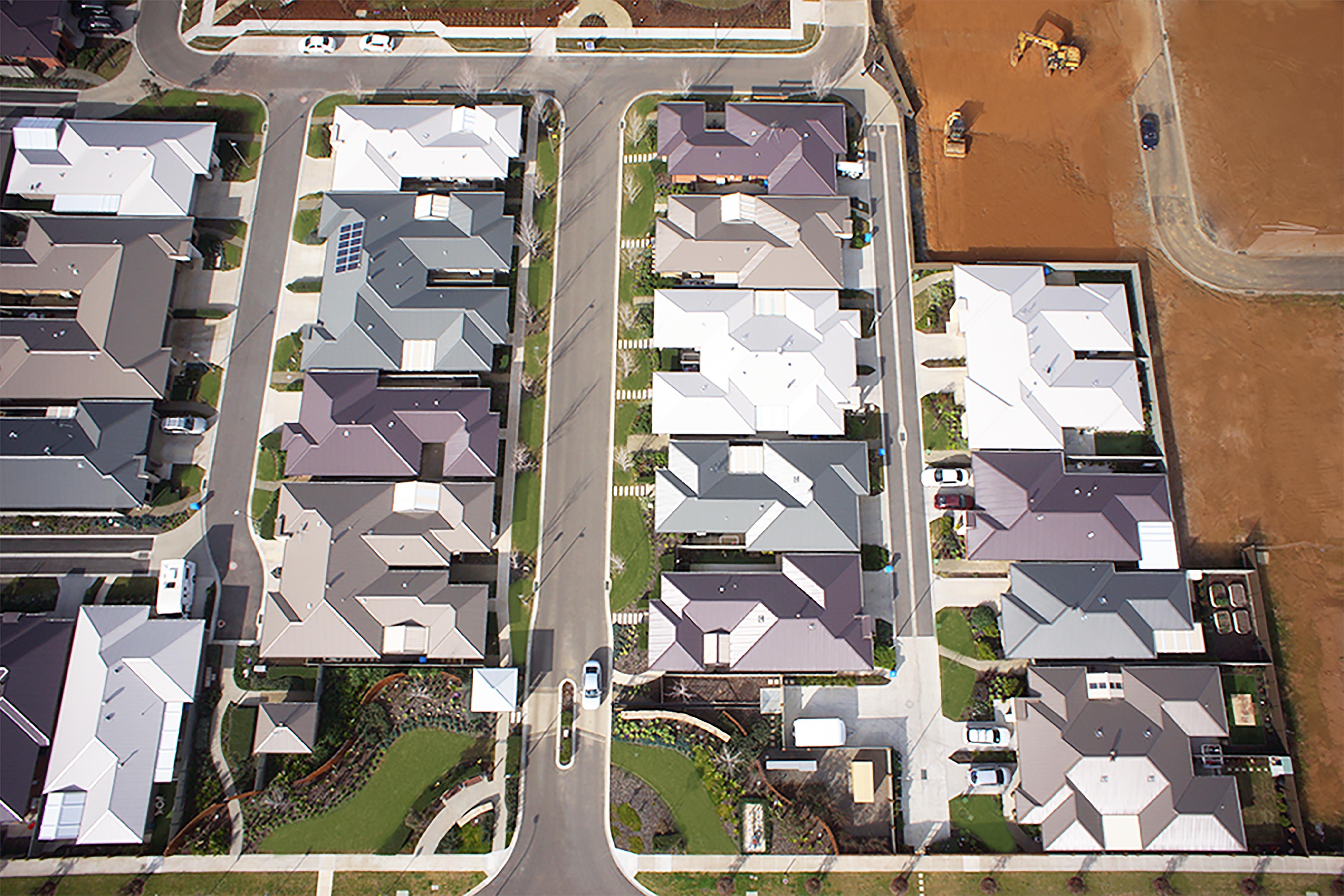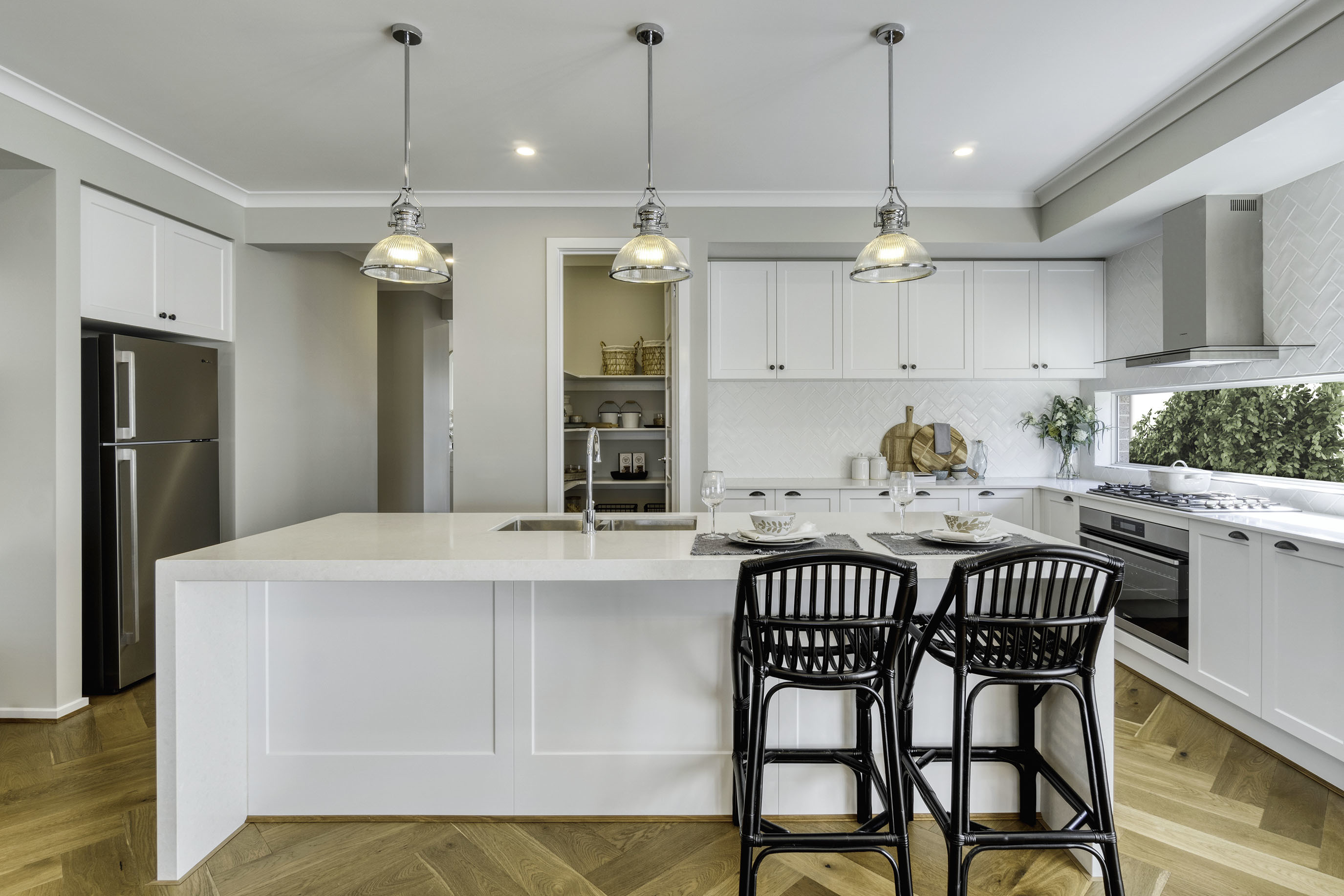Building
How to Pick Land for Your New Home Build
Sep 09, 2020

Picking land for your new home build is not as simple as it may seem.
There are many things to consider, from the features of your land to the new works and amenities that could impact your location in the future.
With so many factors to consider, it can be hard to know where to begin. But in this guide, we offer you our expert advice.
Read on to find out how to pick land for your new home build.
Locate your lot
Consider what type of neighbourhood you want to live in—rural and quiet or an established area that’s bustling?
Take into consideration how long it will take you to commute to work/school and whether the routes are convenient or if you will have to compromise.
Look for amenities
Do the local amenities suit your needs and those of your family?
Look for amenities like:
- Shopping centres
- Green spaces
- Recreation facilities
- Medical centres
- Public transport
- Main roads
- Schools
- Universities
If you’re looking at a new estate, the amenities you want might be in the works. It’s worth taking a closer look at the masterplan and the reputation of the developer when it comes to delivering facilities.
See the future
Consider the changing needs of your family as you grow.
For example, if you don’t have kids yet but are planning for them, you might want to live closer to schools. Or if you’re getting older, you might want to live closer to medical facilities or recreation clubs.
Also, the “personality” of the neighbourhood could change over time. For example your view of rolling plains could be transformed into a new estate or amenity.
You can’t predict the future, but looking at the zoning will give you some clues.
Size up the lot
Consider what home design you want and choose a lot to match. The lot needs to be the right size and shape for what you have in mind.
For example, you might want a large lot to accommodate a double garage and outdoor entertaining area, or a small lot for a low-maintenance garden. At JG King, we can guide you on which lot is suitable for our home designs.
Face the right direction
Work out what direction your home would face on a given lot. To build a sustainable home, aim for a direction that maximises sunlight in winter and minimises it in summer. This helps lower your energy bills.
North or north-east facing homes are the most desirable. But each orientation has pros and cons you’ll want to weigh up for your new home build.
Land quality land
You’ll need to decide whether a slope is right for you. It may give you great views, but on the other hand, it can incur added fees to build on.
Similarly, trees can add charm to a property but watch out for trees that get in the way of building works. They can be expensive to remove and the local council may even ban the removal of certain native trees.
If you’re unsure, it’s best to check with your builder and local council.
Beware of disasters
Although Australia’s the lucky country, it has its fair share of natural disasters to contend with.
Find out if your desired lot is in a fire or flood zone, and whether you can adjust your lifestyle to suit.
Here at JG King, our steel frame homes are lighter, more durable, and more cost-effective to assemble than building with timber. Steel frames are also more resistant against flexing and warping, meaning your home stays looking like your home with straighter lines and finishes.
Steel is also fire resistant, helping to reduce your risk of fire dramatically.
Suss out the soil
You’ll need to conduct soil tests to see if the land is okay to build on.
When you get your soil tested, you’ll find out if your land has a lot of rocks on it, whether they need to be removed, and what that will cost.
If you go through a builder, this step will already be done for you!
Set up utilities
Be sure to check whether a lot has utilities already, and if not, what it would cost to set them up.
Utilities can include:
- electricity
- gas
- sewage
- water
- internet
When buying rural land, it can be expensive to set up utilities. The cheapest and most convenient way is to go for land that has already been developed.
Satisfy guidelines & restrictions
Check to see if the communities you’re looking at have building guidelines and restrictions. These may work in your favour!
For example, guidelines could prevent new building works from ruining your wonderful view or building a stunning house in a mix-matched street.
Restrictions could be:
- Limit on house size
- Bans on colours or building material
- Privacy rules
- Landscaping uniformity
Now that you know what’s involved, it’s time to find the perfect land for your new home build.




